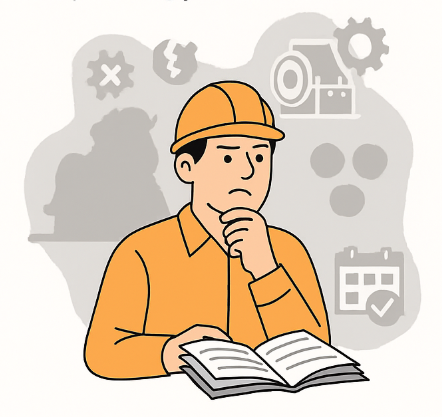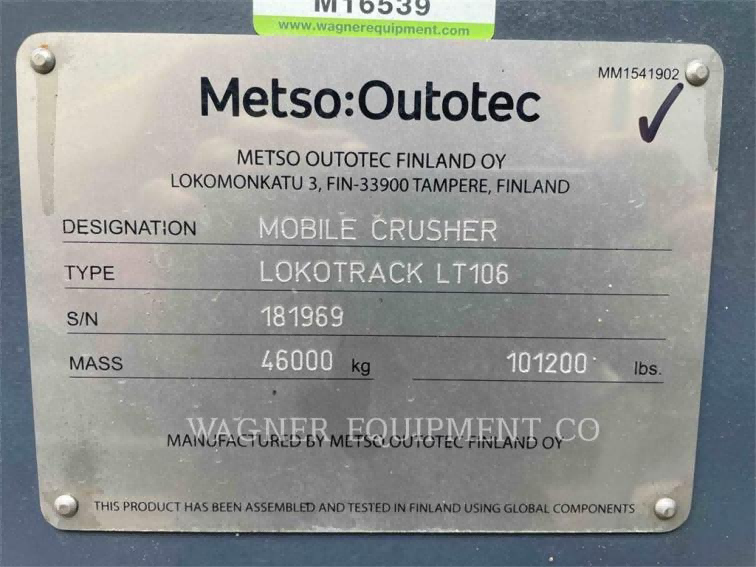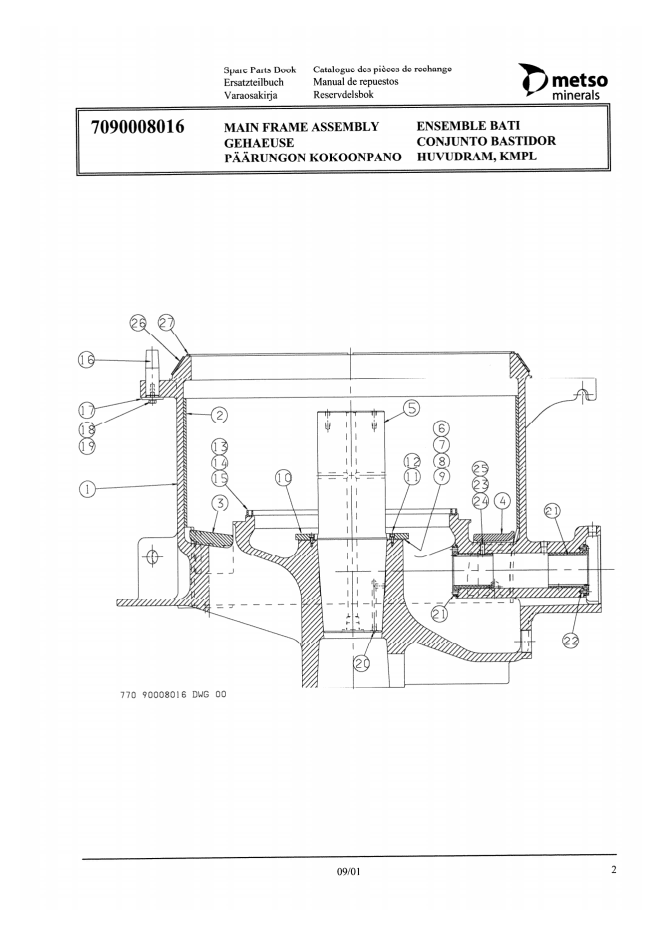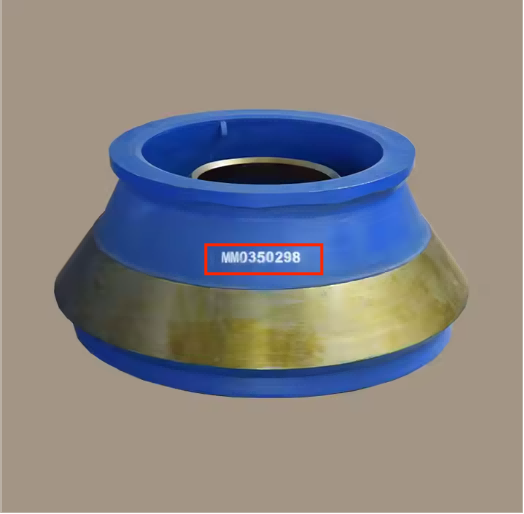Choosing the right crusher wear parts isn’t just about saving money — it’s about ensuring operational stability, machine protection, and your business reputation. In a market flooded with shortcut manufacturers and copycat products, one wrong decision can mean downtime, premature failure, or parts that don’t even fit.
At Pajoa, backed by China's top-tier foundry network and decades of hands-on expertise, we break down this critical decision-making into three actionable steps: fit, quality, and supplier — so you can source smarter, safer, and more confidently.
Imagine this: you install brand-new jaw plates, and they crack within just two days. Or worse — they don’t even fit your machine. You've already paid for the parts, but now your production line is stalled while labor costs keep rising.
Unfortunately, this nightmare happens more often than you’d think.
The crusher wear parts market is flooded with unqualified, shortcut-taking suppliers. Some replicate parts based only on rough shapes, skipping detailed design specs to avoid high engineering costs. The result? Poorly made parts that don’t fit, don’t last, and cost you more than they save.
As a crusher wear parts expert based in China, Pajoa not only delivers precision-engineered wear parts, but also equips buyers with the knowledge to make smarter purchasing decisions — and avoid costly mistakes.

No matter how high the material grade, if the dimensions are off, the part is useless. Here are three proven methods to ensure proper fitment:
Every crusher has a nameplate showing the Serial Number (S/N) and Model, which point to the exact configuration of your machine.
Example:
A nameplate with Metso LOTOTRACK LT106 usually corresponds to a Nordberg® C106 jaw crusher, with S/N 181969.

Why it matters:
Machines may be upgraded under the same model name.
Second-hand equipment often contains replaced components that change fitment needs.
This is the most accurate identification method. Use the OEM parts manual that came with your machine:
Your engineer can cross-check the assembly diagram to locate the exact part.
Example: Part number 7013308001 corresponds to position 5 in the diagram.


Alternatively:
Many aftermarket parts are laser-etched or cast with part numbers.
Example: A Bowl liner marked with “MM0350289” can indicate its position and variant.

But be careful:
Aftermarket codes may differ from OEM numbers due to copyright or internal system differences. That’s why the OEM manual is still the most reliable reference.
What if you only have the part number?
Request the supplier to compare their technical drawings with your existing part. Reputable suppliers can verify match based on standard drawings.
If documentation is missing, you can still proceed by:
3D Scanning for precision reverse drawings
Manual measurements + CAD modeling, accuracy up to ±3–5mm
Photo-based or reference-based measurement, using calipers, tapes, etc.
🔗 Learn more about how Pajoa ensures dimensional accuracy with custom-engineered crusher wear parts ➔
Crusher wear parts are high-consumption items that directly impact costs and uptime. To assess quality, you need to evaluate both the manufacturing process and supplier's capability.
Confirm use of new steel, not recycled scrap.
Ask for composition reports verifying Mn, Cr, C content, etc.
Sand casting: Best for jaw plates and other large-impact parts.
Lost foam: Good for complex geometries but risky for large or high-alloy castings.
Advanced foundries prefer ester-hardened water glass sand for better precision and eco-friendliness.
LAP (Argon Protection Pouring): Prevents oxidation; ensures high-purity manganese steel.
Vacuum Pouring: Eliminates gas defects for premium wear resistance.
Must follow GB/T 5680-2010 standards; water quenching at ≥1040°C.
Best practice: automated systems for rapid, uniform heat treatment.
Top suppliers will provide full QC reports, including:
Surface Defects: DPT dye testing, visual check
Subsurface Defects: ET (Eddy Current), UT (Ultrasound)
Internal Structure: X-ray or CT scanning
Material Properties: OES spectrometry, hardness (HB/HRC), microstructure, impact resistance
Dimensional Inspection: CMM (coordinate measuring), laser scanning
A part is only as good as the supplier behind it. Evaluate suppliers on these key points before you place an order:
ISO9001 (Quality Management)
ISO14001 (Environmental Management)
Country-specific: ASTM, DIN, BS, JIS
Can the supplier handle everything from drawing verification to final inspection?
Do they support customization and respond to special operating conditions?
Ensure they’ve served clients with Metso, Sandvik, Symons, Terex, etc.
Multi-brand familiarity ensures they understand fit and function, not just size.
Ask for inspection records, batch tracking, and after-sales support.
A reliable supplier will share detailed reports proactively, not on request.
| Step | Action | Goal |
|---|---|---|
| 1. FIT | Get model, S/N, PN, or accurate dimensions | Avoid mismatch and installation issues |
| 2. QUALITY | Verify raw materials, casting, heat treatment, full QC | Ensure long service life & fewer replacements |
| 3. SUPPLIER | Check certification, experience, traceability | Protect your investment and reduce risk |
At Pajoa, we do more than sell wear parts — we deliver fitment accuracy, premium quality, and responsible manufacturing:
Custom Crusher Wear Parts engineered for better durability
Patented alloy systems for extreme wear resistance
Complete QC reporting across five dimensions
Suitable for Metso, Sandvik, Symons, Terex, and more
